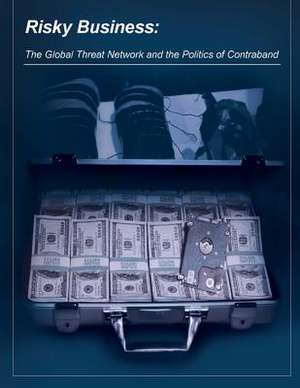Risky Business
Autor Combating Terrorism Center at West Pointen Limba Engleză Paperback
Preț: 87.29 lei
Nou
Puncte Express: 131
Preț estimativ în valută:
16.70€ • 17.86$ • 13.93£
16.70€ • 17.86$ • 13.93£
Carte disponibilă
Livrare economică 28 martie-11 aprilie
Preluare comenzi: 021 569.72.76
Specificații
ISBN-13: 9781511572071
ISBN-10: 1511572078
Pagini: 90
Dimensiuni: 216 x 279 x 5 mm
Greutate: 0.23 kg
Editura: CREATESPACE
ISBN-10: 1511572078
Pagini: 90
Dimensiuni: 216 x 279 x 5 mm
Greutate: 0.23 kg
Editura: CREATESPACE
